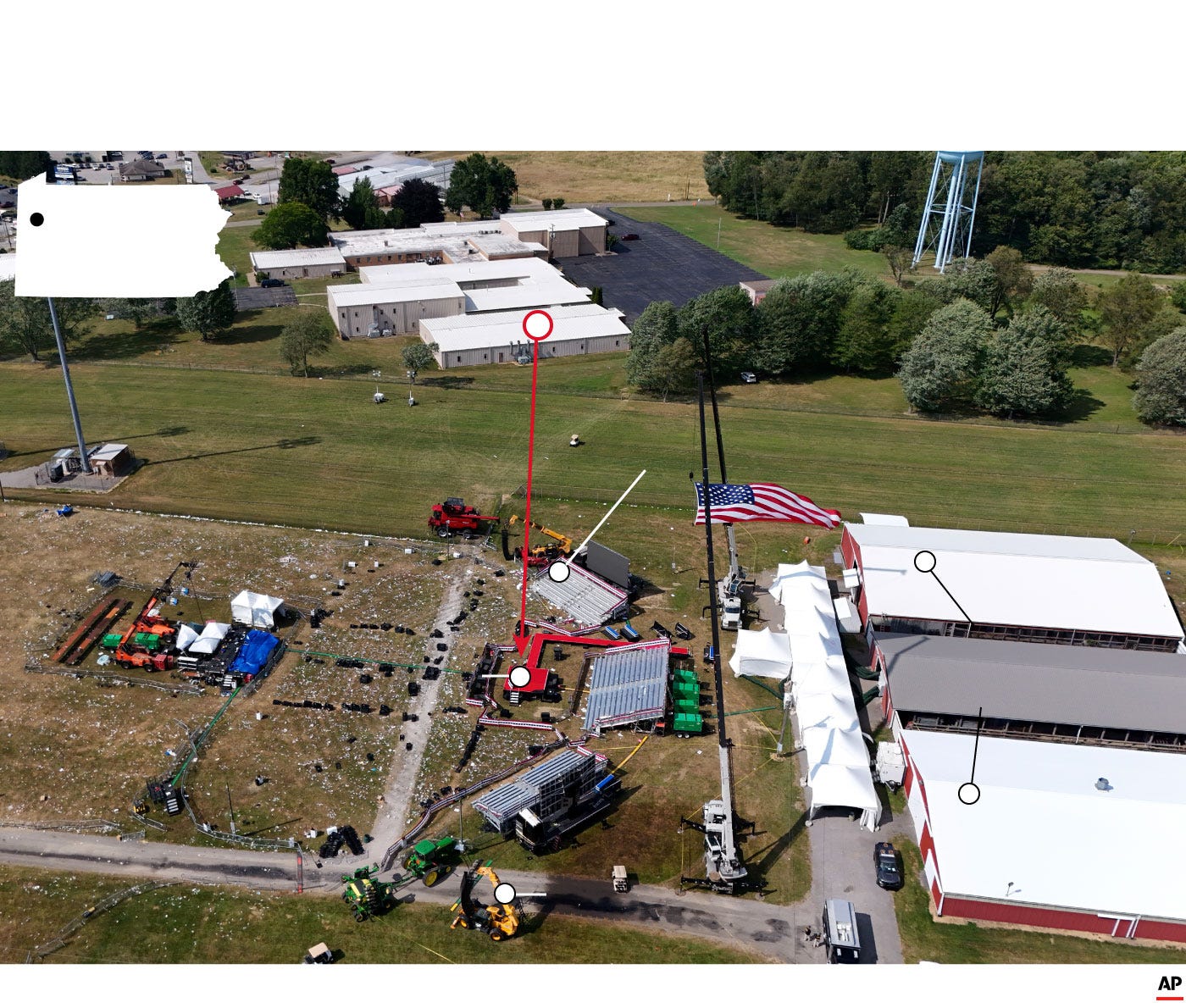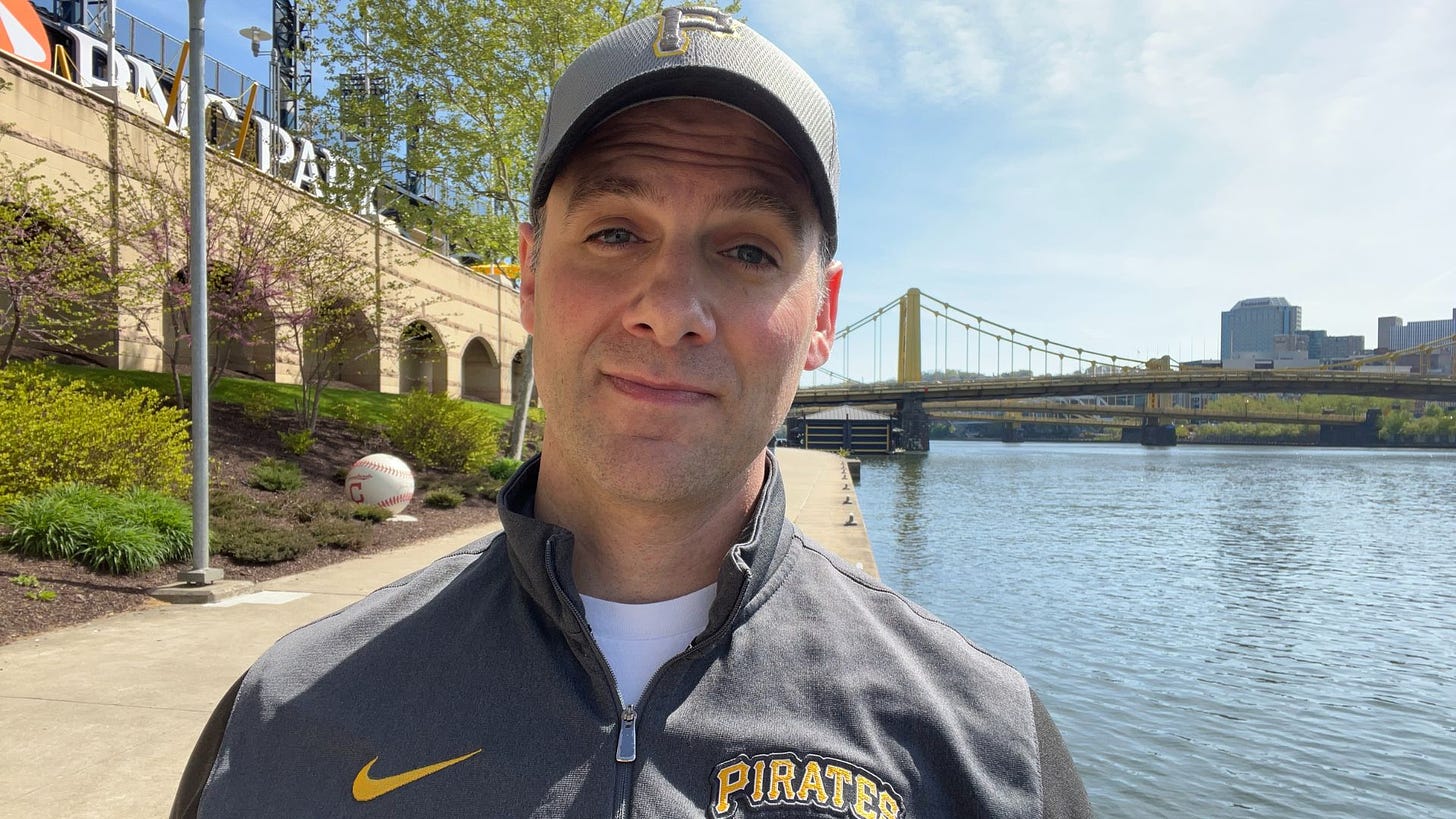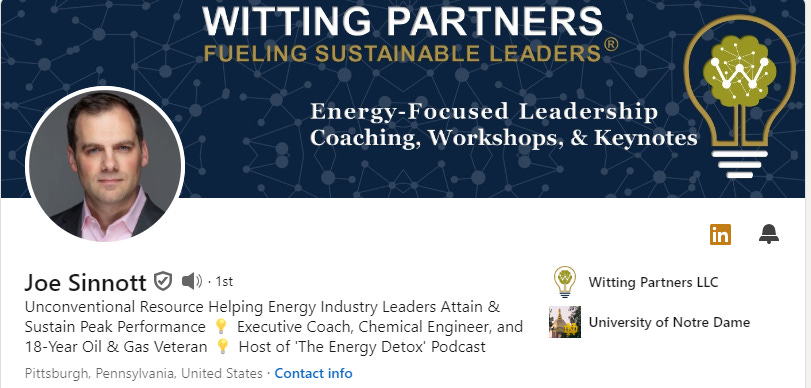

Executive coach Joe Sinnott drops by The Crude Life to discuss operational failures and organization communication using Saturday’s assassination attempt as talking points and examples. Sinnott, CEO of Witting Partners, lives about 45 minutes from the Butler, PA, site.
On July 13, 2024, Donald Trump, a former president of the United States and at that time the Republican Party‘s presumptive nominee in the 2024 presidential election, was shot and wounded while addressing a campaign rally near Butler, Pennsylvania.
Thomas Matthew Crooks, a 20-year-old man from Bethel Park, Pennsylvania, fired eight rounds with an AR-15–style rifle from the roof of a nearby building outside the rally venue. He killed an audience member, critically injured two other audience members, and injured Trump in his upper right ear.Crooks was then shot and killed by the United States Secret Service Counter Sniper Team. The incident is being investigated as an attempted assassination and as a potential domestic terrorist act.

Sinnott discusses how the Secret Service could have handled the situation differently from an organizational point of view and how transparent communication is key moving forward.
The interview dives into several examples from the assassination attempt and how organizations would handle similar situations. From communication breakdowns to employees defying the organization’s mission to whistleblowers.
“Clearly there was tons of opportunities for communication that did not happen,” Sinnott said. “Communication about what people saw and people that were saying things, again, locals that were there that spotted something that was amiss, and clearly that information did not flow to people that could have made the immediate decision to out of an abundance of caution to pull them off the stage, even if it wasn’t a threat.”

The conversation also dove into what happens when employees decide to “go into business for themselves”, whether that is “standing down” or doing a side-hustle on social media while working, the trend is increasing in almost all areas of employment.
“The first is, you know, what is the end goal of an organization, right?” Sinnott said. “I mean, what is everybody working towards? What is success defined as?”
Sinnott explained that often times when a leader or a manager is not able to train or articulate clearly with the mission is, employees will fidn their own purpose.
“You know, when that happens in organizations, it’s often because people don’t have a sense of the big picture and how they can contribute beyond how they should be contributing beyond just their assigned tasks,” Sinnott said. “Again, if that’s almost implied, well, people are going to do whatever, right? And they’re not all going to be working towards some ultimate goal, which in this case would be what? Protecting the former president of the United States. So that’s, again, sometimes it sounds really cliche, Jason, but that’s where you start.”
To contact Sinnott, visit his website, connect on LinkedIn or his podcast The Energy Detox.

STREAMING DEAL FROM PARAMOUNT +

For a limited time, Paramount+ annual plans start at $2.50/mo. for 12 months using promo code FALL50. Stream the NFL on CBS live and more! Don’t drop the ball—this special offer ends September 23. Billed annually. Terms and conditions apply.
Stream the NFL on CBS and watch your local game live every week! Plus, catch featured national games including the Thanksgiving matchup and the postseason.
Don’t miss another snap. Take advantage of this limited time offer and stream the NFL on CBS live on Paramount+. Redeem now!
CLICK HERE FOR LIMITED TIME OFFER
ACT NOW! For a limited time, Paramount+ annual plans start at $2.50/mo. for 12 months using promo code FALL50.
Everyday your story is being told by someone. Who is telling your story? Who are you telling your story to?
Email your sustainable story ideas, professional press releases or petro-powered podcast submissions to thecontentcreationstudios(AT)gmail(DOT)com.
#thecrudelife promotes a culture of inclusion and respect through interviews, content creation, live events and partnerships that educate, enrich, and empower people to create a positive social environment for all, regardless of age, race, religion, sexual orientation, or physical or intellectual ability.
MORE FROM THE CRUDE LIFE
- Please click that ♡ button, share, and subscribe.
- Please share the links on social media.
- Thank you thank you thank you for your engagement and support.
If you have a news tip, press release, guest suggestion or other content concepts, please email thecontentcreationstudios(AT)gmail(DOT)com
This post was brought to you in part by one of The Crude Life’s fantastic sponsors, please consider supporting their services or learning more about their organization by clicking on the banner below.

RMI Supply
Leading provider of specialty oilfield chemicals. Focusing on bringing trusted products to the market combined with a fast and responsive service.

